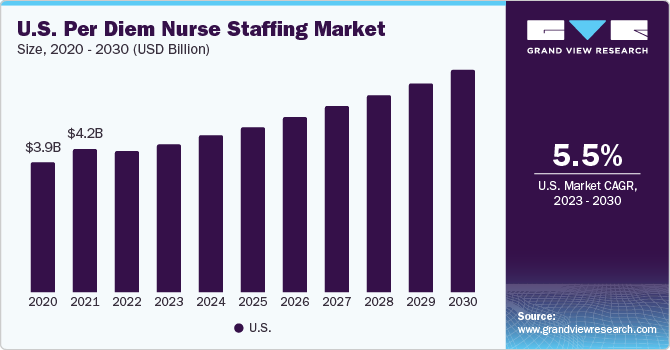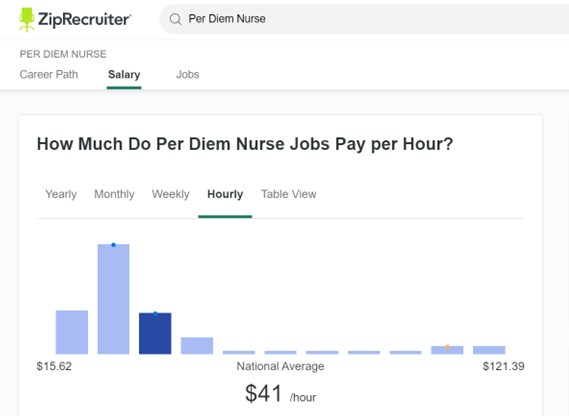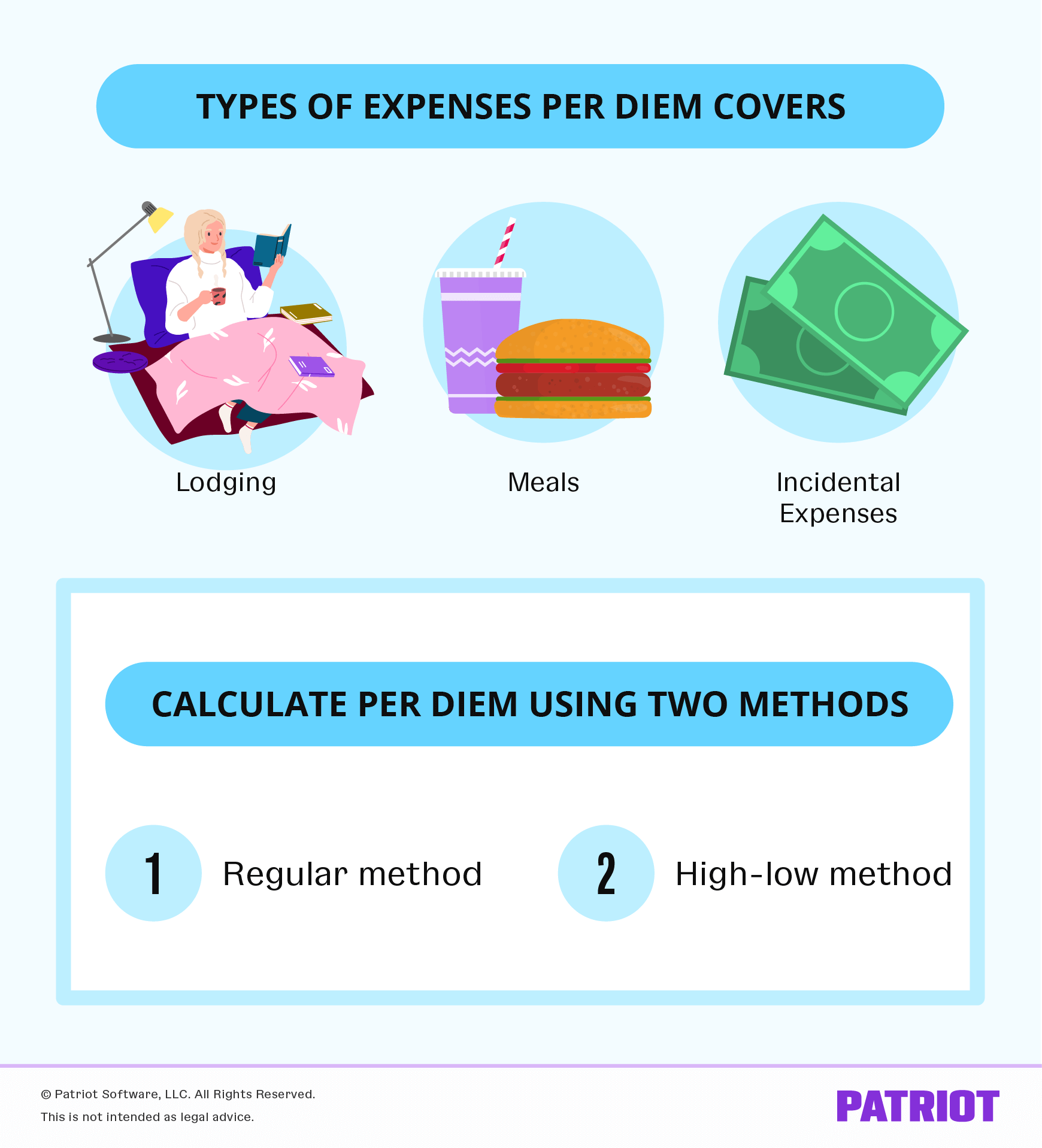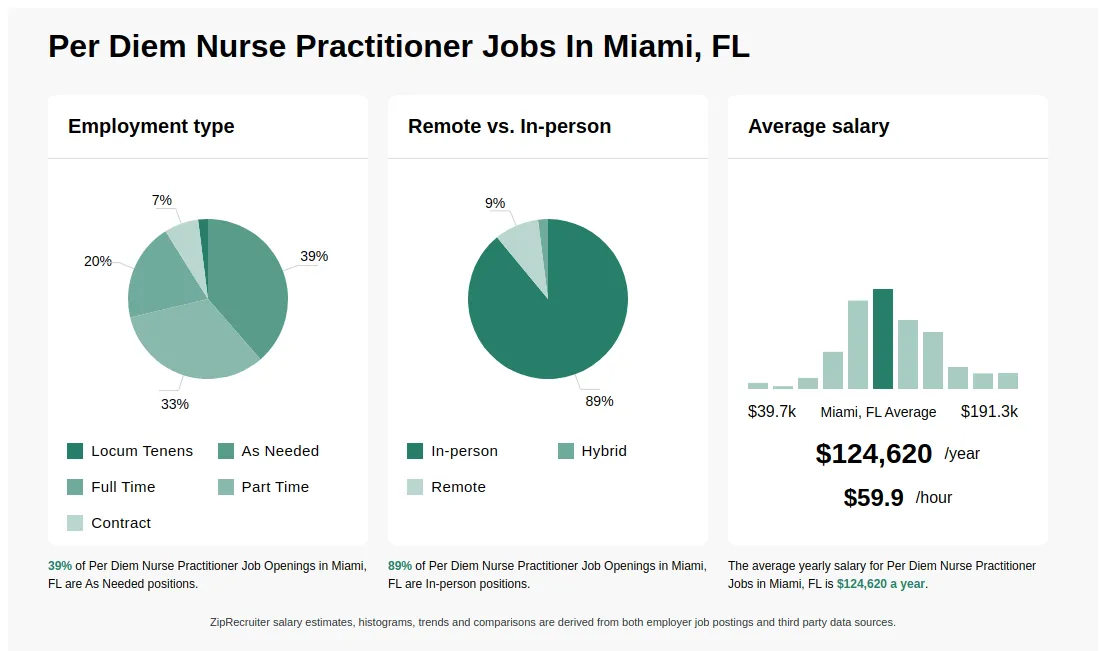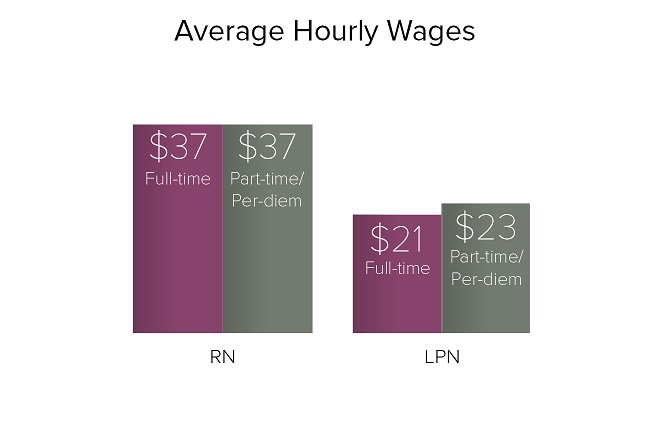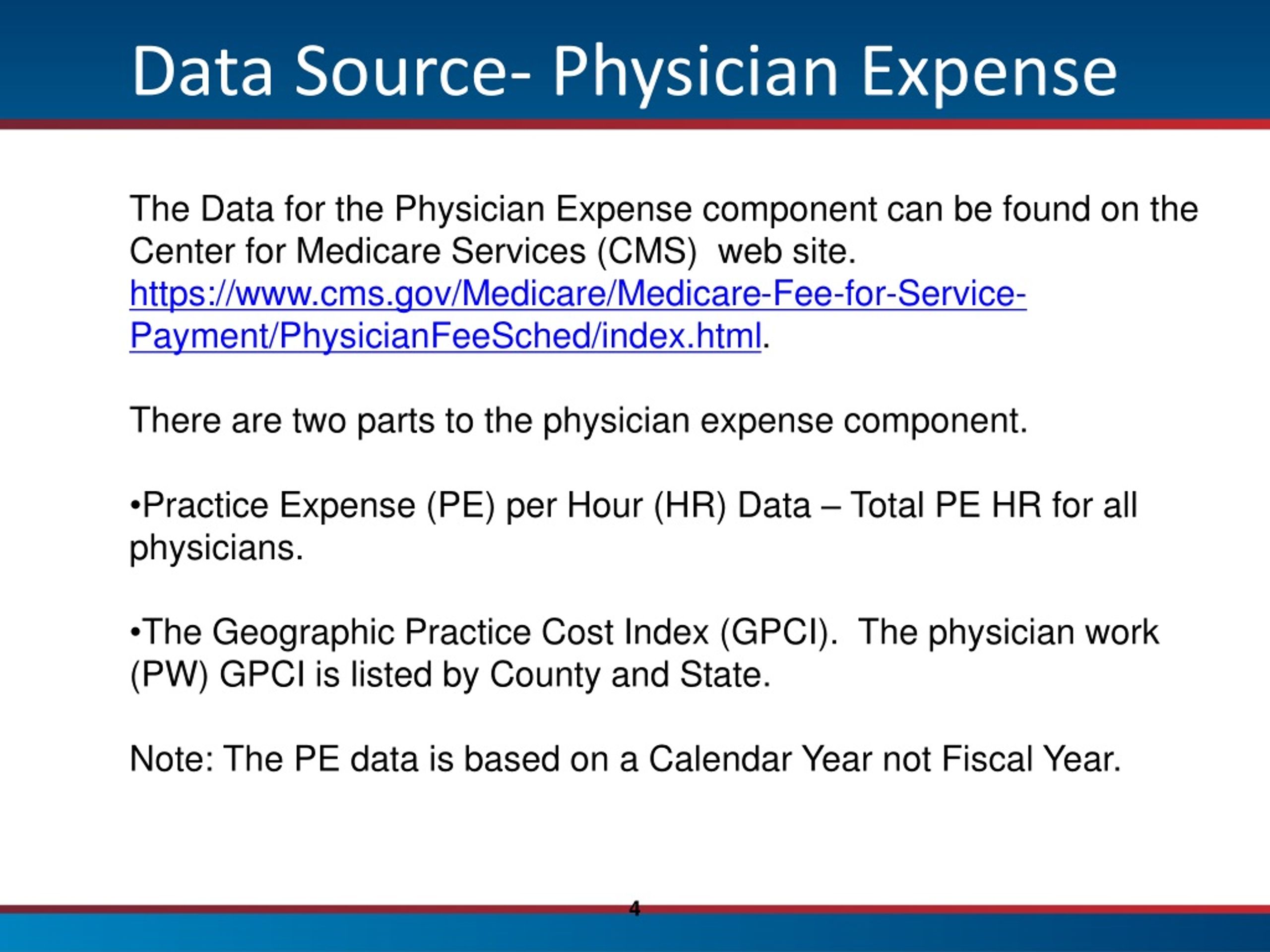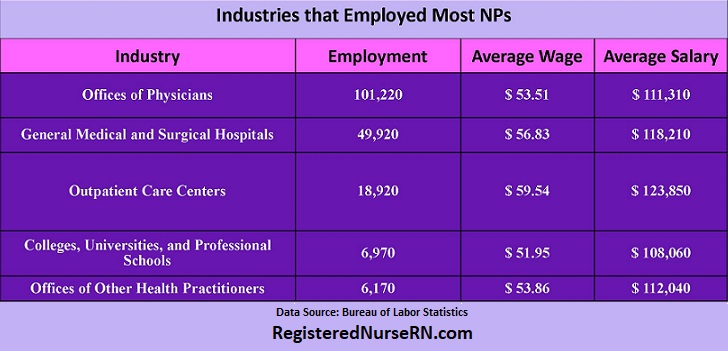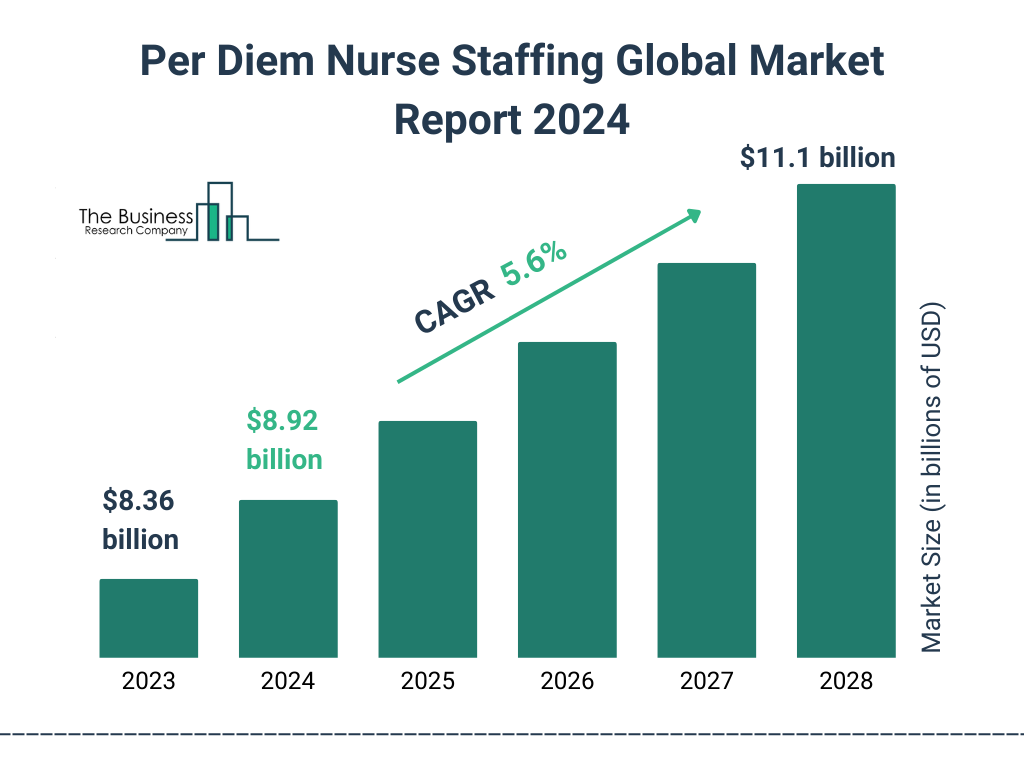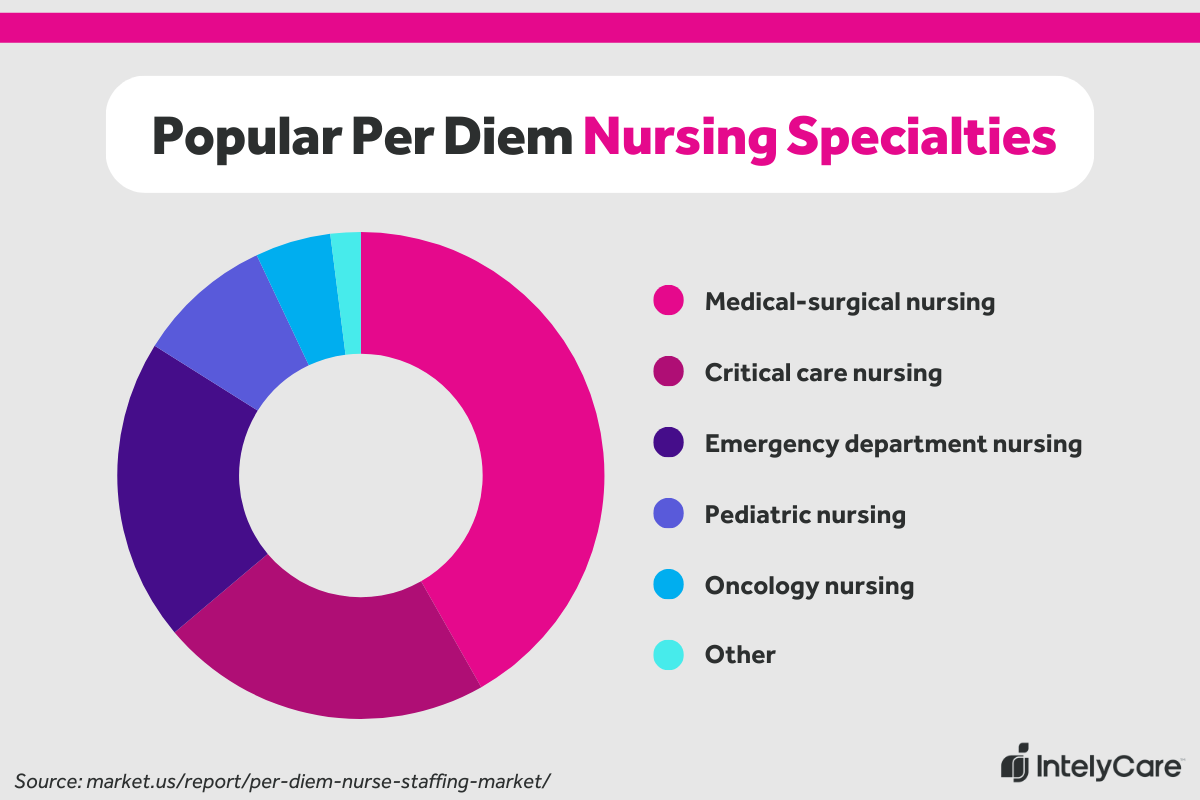Per Diem Nurse Practitioner Hourly Rate
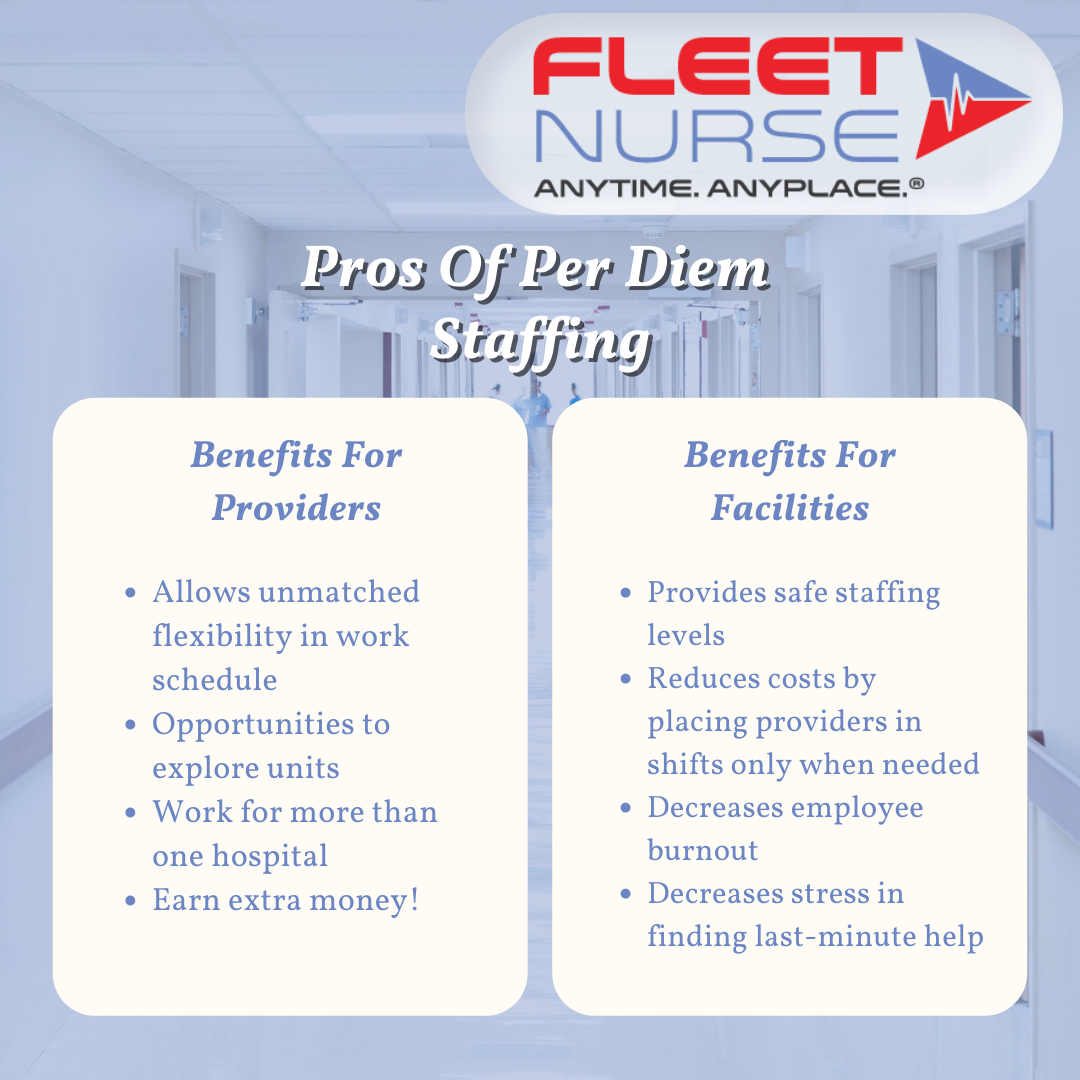
Per diem nurse practitioner (NP) hourly rates are surging nationwide, sparking concerns about healthcare costs and staffing models. This escalation is driven by persistent shortages and increasing demand for flexible healthcare staffing solutions.
This report details the factors behind this rapid rate increase, its impact on healthcare facilities, and the potential consequences for patient care access and affordability.
Current Rate Landscape
Across the United States, per diem NP hourly rates have seen a significant jump in the past year. According to recent data from Nursa and Vivian Health, the national average now ranges from $75 to $120 per hour, depending on specialty, location, and experience level. These figures represent a substantial increase compared to pre-pandemic levels.
Some specialized fields, such as cardiology and critical care, command even higher rates, sometimes exceeding $150 per hour. Geographic variations are also pronounced, with states like California, New York, and Massachusetts reporting the highest average hourly wages for per diem NPs.
Factors Fueling the Surge
The primary driver behind the inflated hourly rates is the ongoing nursing shortage. Hospitals and clinics are struggling to maintain adequate staffing levels, forcing them to rely more heavily on per diem NPs to fill gaps in coverage.
Increased demand for flexible work arrangements among NPs is another contributing factor. Many NPs are opting for per diem positions to gain greater control over their schedules and potentially earn higher incomes than in traditional full-time roles.
The COVID-19 pandemic exacerbated these existing trends, leading to increased burnout among healthcare professionals and further driving demand for temporary staffing solutions. We're seeing unprecedented demand for per diem NPs,
said Sarah Miller, a staffing manager at Premier Healthcare Solutions. Hospitals are willing to pay a premium to ensure they have adequate coverage.
Impact on Healthcare Facilities
The escalating hourly rates are placing a significant financial strain on healthcare facilities. Hospitals, particularly those in rural or underserved areas, are finding it increasingly difficult to afford per diem NPs.
This financial pressure can lead to cuts in other areas, such as equipment upgrades or training programs. In some cases, facilities may be forced to reduce services or even close down entirely.
Furthermore, reliance on per diem staff can disrupt continuity of care and potentially impact patient outcomes. The lack of familiarity with facility protocols and patient populations can pose challenges.
Potential Solutions and Next Steps
Addressing the rising cost of per diem NPs requires a multi-faceted approach. Efforts to increase the supply of NPs, such as expanding educational programs and removing barriers to licensure, are crucial.
Healthcare facilities should also explore strategies to improve retention of full-time staff, such as offering competitive salaries and benefits, promoting work-life balance, and creating a supportive work environment.
Some states are considering legislation to regulate the fees charged by staffing agencies, aiming to curb price gouging and ensure fair compensation for healthcare professionals. Ongoing monitoring of per diem NP rates and their impact on the healthcare system is essential to inform policy decisions and ensure access to affordable, quality care.
Industry experts predict that per diem NP rates will remain elevated in the near future, underscoring the urgent need for proactive solutions to address the underlying staffing challenges. Further data analysis and stakeholder collaboration are crucial to navigate this evolving landscape.
